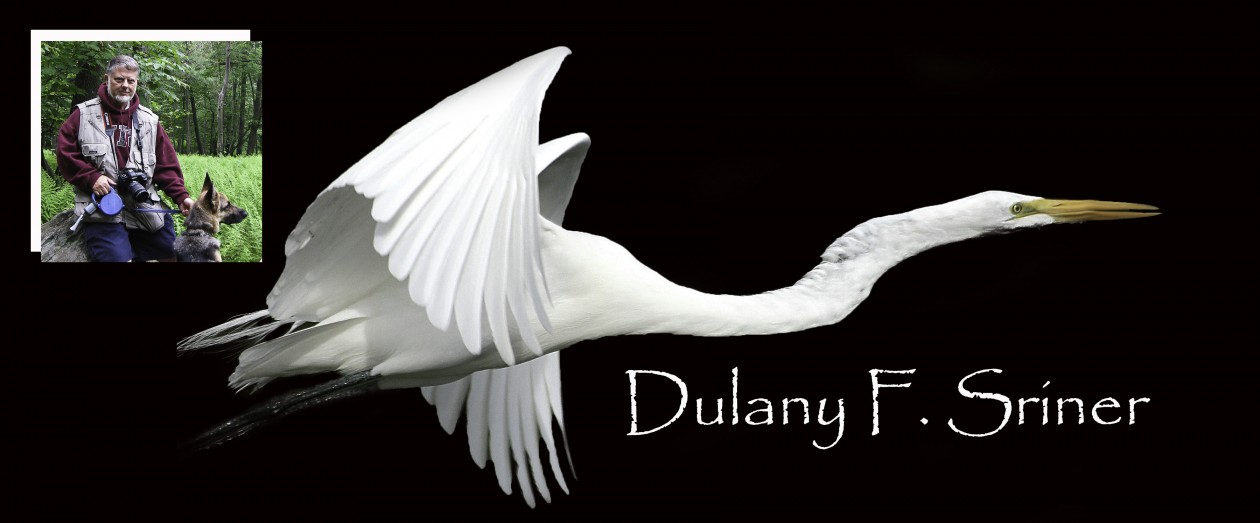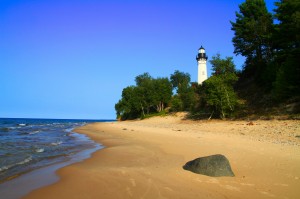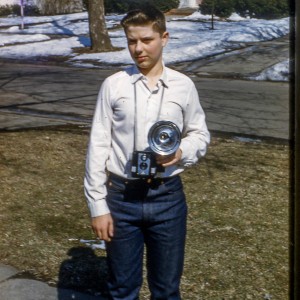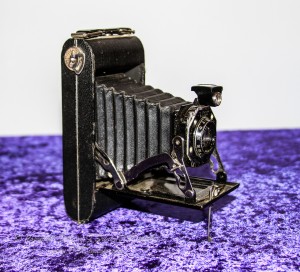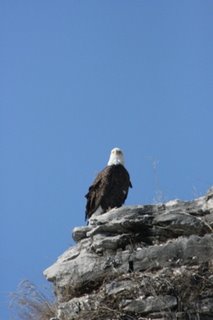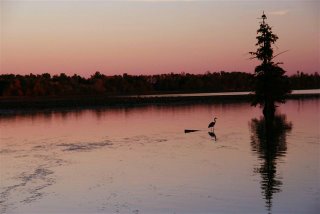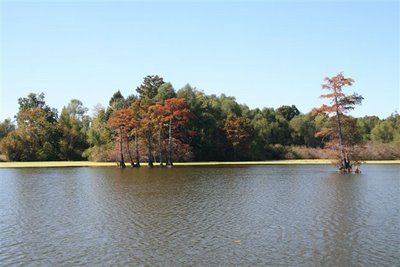In this series of Lightroom articles, I will be looking at the “Why” more than the “How”. So many tutorials show you how to work with Lightroom but they leave off the reasoning behind the actions. I have always been one of those who wanted to know the “Why” things work the way they do. This dissertation is not a “how to” manual. You will probably need a book or tutorial to actually follow along and do the action. The purpose of this series is to give you the background information so you can make intelligent decisions when you use Lightroom.
Lightroom #5 is divided into 7 Modules. Each Module or section allows you to work on your picture files for different purposes. If you ask yourself, “What do I want to do in Lightroom?”, the answer will be one of the modules. Today, I will talk about the Library Module.
Let me start out by saying, “Lightroom does NOT have a folder for storing your picture files!” It has a CATALOG file for keeping track of your picture files. STOP. Think about that a minute. Lightroom DOES NOT make a second copy of your pictures when you add pictures to the Lightroom Catalog. If you have a folder for pictures on your Hard Drive in your computer, perhaps called “My Pictures”, you can tell Lightroom to catalog those pictures. Lightroom, called LR from now on, does not move those pictures into a special LR picture folder; nor does it make a new copy of those pictures; rather, it just makes a notation where the picture is and stores information about that picture file in the LR catalog. That was a long sentence, you might want to read it again and think about it. It is very much like an old card catalog in the Library; where each book has a card that tells where the book is on the shelf. This analogy is so close that I will use it may times during this explanation of LR.
When you first start up LR, you will be telling it to look for picture files in a folder on your computer or on an external hard drive. Then, you tell it that you want it to add information about those pictures into its catalog.
You will use the IMPORT button, while in the Library mode, to bring up the import screen. First, You will tell LR where the files are stored. You do this by pointing out the location in the left column where drive folders are listed. By going to the location of your picture files you want to add to the catalog you are telling LR the current location of the pictures. Then you will choose the ADD button at the top to to perform this action. At that point, LR will go through all the picture files you have stored at the given location and create cards for the LR card catalog for each picture (file). The file will not contain the actual picture file but it will save a small preview picture and meta data (date of picture, camera settings and other information added later) but most importantly, it will store the location of the picture file.
Let’s go back to the library analogy. When the books are stored on the shelf in the library, they are stored by subjects. If you know your way around the library, you can skip the card catalog (now on computers) and go directly to the stacks because you know that the photography books are all together in a specific place in the library. You can go there and look through all the books on the shelf and find a title you want to read. Imagine now, what it would be like if the books were just stacked randomly without any groupings. What if the books were just added to the shelves in order of when they were purchased. At this point, you would HAVE TO go to the catalog first to see where your book might be. When you went to the shelves to find the book you looked up, you would not find any other books similar in nature close by for comparison. This process would be very unproductive. What if you went in and the computers were down? The library, full of information would be worthless! The more books the library had the more worthless they would be without proper organization and a card catalog.
Lightroom is the same way. To make LR as useful as possible, your pictures should be stored in an organized way. My pictures are stored by subject matter. The first thing to do is have one folder with ALL other picture folders in it. If you are on a Windows PC, the “MY PICTURES” folder is an example. That works just fine. Inside that folder, you don’t want to just dump the pictures randomly. That would be like storing snapshots in a garbage bag. Sure, they are all there together but how can you find Uncle Bill’s wedding picture?
I have my pictures divided into 19 sub folders inside “my Pictures”. Mine start with “FAMILY” then “FRIENDS” followed by “TRAVEL” and 16 other folders. The “FAMILY” folder contains more folders; like a folder for my wife and I along with our kids (“Our Family”). Then there is a folder for my wife’s family. In the “OUR FAMILY”, you will find folders for each of us and each of our kids. While LR makes it easy to find pictures with the various search methods, I can find pictures even without LR. This means, if I lost the LR catalog and just had my original picture files, I would still have the access of all my pictures.
If you are just planning to install LR, I recommend organizing your pictures first in groupings of folders nested inside larger folders. I know some people who sort their pictures by date. With a small quantity of pictures, this might be workable but as you collect more and more pictures, dates are hard to remember. Remember Uncle Jim’s wedding picture? When was that? Sure, you can call someone or look in your date book to determine the date but for me it is easier to go to: Family > Pat’s family> Bill> Bill’s wedding> wife #4.
Once you install LR and have the catalog set up, it is VERY important to make all future changes to the organization from within LR. As long as you do this, LR will keep track of the new locations. If you just go to “MY PICTURES” and move files around, LR will not know where they have gone.
Most of the Hype about LR revolves around the Develop Module because that is the part that makes pictures look good but the real value of LR is the cataloging. When you have tens of thousands of pictures, being able to locate them is of primary importance. LR makes it easy to organize them.
Next Lightroom post will talk about keywords and other importing options.
